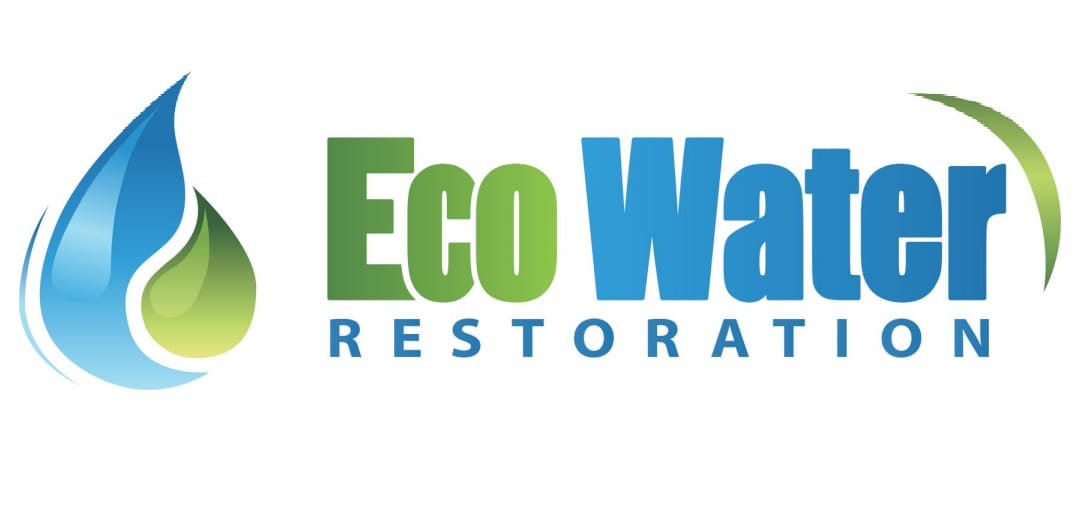Mold in the home is a silent invader, often unnoticed until it becomes a significant problem. Thriving in damp, dark environments, mold can have severe implications for both the structure of a home and the health of its inhabitants. This guide aims to shed light on the silent threat of mold and provide actionable advice for tackling it effectively.
Understanding Mold
Mold is a type of fungus that can grow both indoors and outdoors, requiring moisture and organic material to thrive. It reproduces through tiny spores that travel through the air, making it nearly impossible to eradicate entirely. When it finds the right conditions—usually in wet or humid areas—it can attach to surfaces and start to grow within 24 to 48 hours.
Health Risks Associated with Mold
Exposure to mold can lead to various health issues, particularly for individuals with respiratory conditions, allergies, or compromised immune systems. Symptoms of mold exposure can include coughing, sneezing, eye irritation, skin rash, and in severe cases, lung infections. It’s crucial to address mold issues promptly to protect the health and well-being of your household.
Identifying Mold in Your Home
Mold often manifests as discolored patches on walls, ceilings, or floors, ranging in color from black and green to white and orange. A musty odor is another telltale sign of mold presence. It commonly occurs in areas prone to moisture, such as bathrooms, kitchens, basements, and around leaking pipes or windows.
DIY vs. Professional Mold Remediation
For small mold issues, DIY remedies like vinegar or bleach solutions can be effective. However, these methods only address surface mold and may not eliminate the underlying problem. Significant mold infestations require professional remediation services. Experts in mold removal can assess the extent of mold growth, identify moisture sources, and use specialized equipment to safely and thoroughly remove mold from your home.
Steps for Professional Mold Remediation
- Inspection and Assessment: A professional team will conduct a thorough inspection of your home to identify moldy areas and the source of moisture.
- Containment: To prevent the spread of mold spores, the affected area will be sealed off using plastic sheeting and tape.
- Air Filtration: High-efficiency particulate air (HEPA) filters will be used to clean the air of mold spores.
- Mold Removal: The team will remove mold-infested materials and clean remaining surfaces with antimicrobial treatments.
- Restoration: Any materials removed, such as drywall or flooring, will be repaired or replaced.
Preventing Mold Growth
Preventing mold growth centers on controlling moisture in your home. Regularly inspect your home for leaks, ensure adequate ventilation in moisture-prone areas, and use dehumidifiers to maintain indoor humidity levels below 50%. Cleaning and drying any wet areas within 24 to 48 hours is also crucial in preventing mold growth.
Mold is a challenge that requires both immediate action and long-term prevention strategies. Understanding the risks and signs of mold, combined with professional remediation and diligent prevention efforts, can protect your home and health from this silent threat. Remember, tackling mold is not just about addressing the present; it’s about safeguarding your home’s future.

